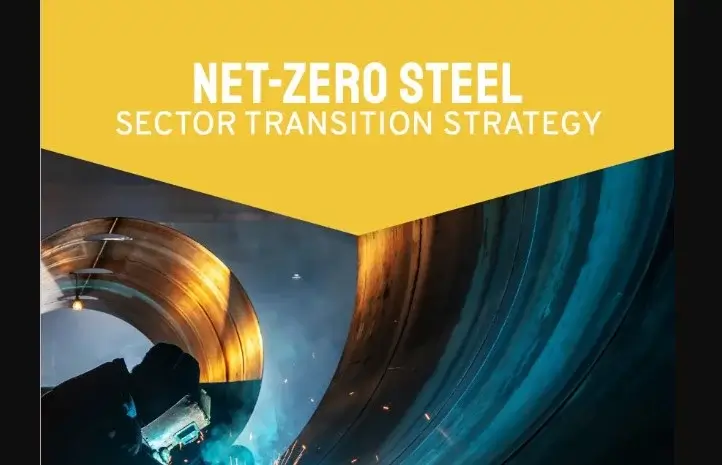The UK Steel Association has urged the UK government to continue negotiations on achieving electricity cost parity between domestic steelmakers and their European Union counterparts, introduce a carbon cap adjustment mechanism and support decarbonization of the industry by purchasing low carbon steel. This was announced on July 12 by the director general of the association.
Speaking after the presentation in London of the association's report "Net Zero Steel: A look at the future of steel production in the UK", Gareth Stace told S&P Global Commodity Insights that, despite current changes in government, consultations with the government on the cost of renewable energy for the sector is expected to happen "any day". Network costs will be discussed and possibly revised as a next step.
According to Stace, this follows successful consultations between the energy-intensive sector and the government on carbon costs earlier in the year.
According to a report by Net Zero Steel, zero-emission steel production, which includes increased use of electric arc furnaces, blast furnaces equipped with carbon capture, recovery and storage technologies, and hydrogen production, will be significantly more energy-intensive than conventional steel production.
“EAFs require three times more electricity to produce the same amount of steel as a blast furnace,” UK Steel said in a report. Therefore, it seems important to achieve parity in electricity prices and energy efficiency financing this year if we are to meet the government's targets for decarbonizing the sector while maintaining the sector's international competitiveness.
The report points out that the UK steel sector has two key goals: The Climate Change Committee's recommendation in its Sixth Carbon Budget 2033-2037 that all ore-based steel mills be zero-emissions by 2035 ; and second, the government's target of zero emissions by 2050, which could require the steel sector to reduce emissions by more than 95%.
Creation of a "green" steel market
Government involvement will be critical in creating and nurturing a low-carbon steel market, Stace said, but not through price intervention, as the market is expected to determine the price level.
"We hope that the government will support the market through government steel purchases," he said. “This could be due to the fact that the company stated that it would only buy a certain type of steel.”
Stace, however, noted that any blast furnaces not yet using CCUS by the time this type of procurement is made may encounter compliance difficulties.
Mike Thompson, Chief Economist for the Climate Change Committee, an independent official body set up to advise the UK government, said during a presentation that the government recognizes that decarbonization will bring higher costs and prices for steel, and that there is a need to create equal conditions for the game. that these costs can be transferred "for distribution throughout the economy".
“But in order to get the public on our side, we have to minimize costs,” he added.
Thompson also noted that CCUS or CCS may not be the cheapest way to decarbonise. However, they may still be the best solution for the British blast furnaces operated by Tata Steel UK and British Steel, which together account for 96% of the UK steel sector's greenhouse gas emissions, and should therefore still be used, he says.





